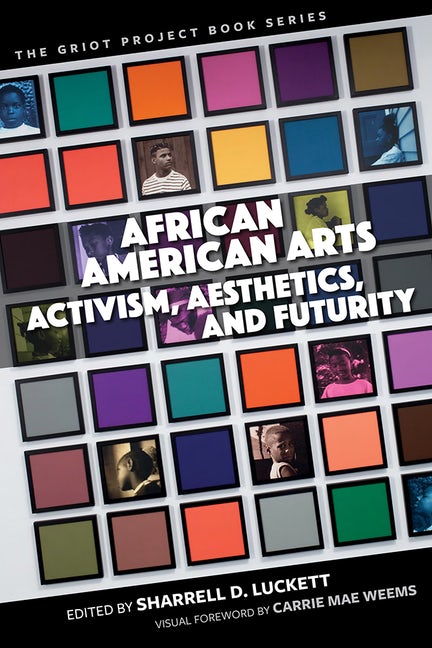You might know that November is National Novel Writing Month (NaNoWriMo), but did you know that November is also National Life-Writing Month? Bucknell University Press’s catalog includes several exemplars of the genre, which we’re pleased to share with you here. The…
Month: November 2020
Interview with the Editors of Johnson in Japan
Johnson in Japan, a new collection of essays exploring the influence of Samuel Johnson and his work on Japanese academic and literary culture, was edited by Kimiyo Ogawa and Mika Suzuki, and published in October by Bucknell University Press. Here…
#ActiveVoices: Q&A on African American Arts
On the last day of University Press Week’s blog tour, hear from several of the voices behind African American Arts: Activism, Aesthetics, and Futurity, edited by Sharrell D. Luckett. This anthology explores the role of African American arts in shaping…
Curators of Creative Error
A Guest Blog Post for University Press Week A parson tucked away in the tiny village of Ousby who formulates an evidence-free theory of the evolution of the earth. A forgotten poet who imagines that the citizens of Saturn enjoy…
Amplifying Voices from Sierra Leone
A Guest Blog Post for University Press Week “Sierra Leone, your tragedy was too painful to be a poem.If you could speak, it would be raw in my bones!”–Syl Cheney-Coker, “Lake Fire,” in Stone Child and Other Poems (2008) My…
Excerpt: Writing Home
The following excepts are from Donald Ulin’s new book Writing Home: A Quaker Immigrant on the Ohio Frontier, which offers readers a firsthand account of the life of Quaker immigrant Emma Alderson through her own letters. From the introduction… “On…
